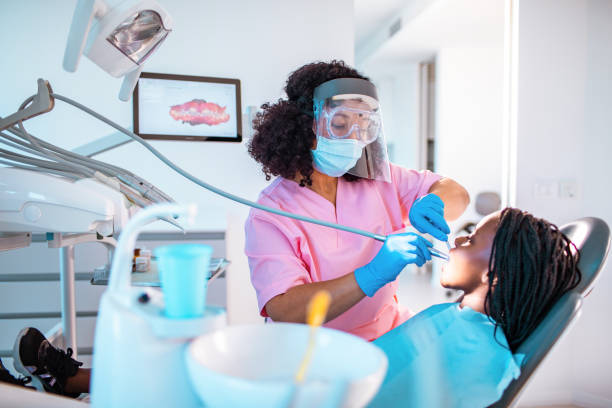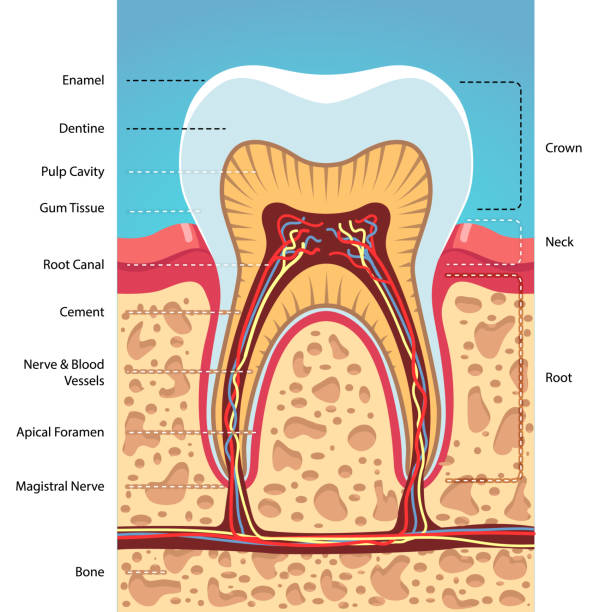What is orthodontic treatment meaning?
Your teeth are an important part of your life, and when they aren't straight, it can be tough to enjoy food. Fortunately, orthodontic treatment is available for people who want their teeth to look great and function properly. But what is orthodontic treatment? Orthodontic treatment refers to a variety of dental treatments that help align or straighten teeth so they function better and look better. It's also known as "braces" or "orthopedics." Today Dr. Daniel B. Pulsipher will share his knowledge with us about various Orthodontic treatments, he is a well-known dentist in Murrieta, California, he is the owner of Springs Dental one of the recognized dental clinic in Murrieta, CA.
Orthodontic treatments are the latest in dentistry to be deemed necessary, and they're pricey! Let's take a look at what orthodontic treatments entail and how much they cost. We'll also talk about the potential benefits that may come with receiving this type of treatment.
The average price of an orthodontic retainer ranges from $1,000 - $2,000 per brace depending on the severity of your case. This will not include any adjustments you might need later if teeth move due to improper alignment or other factors. If you want braces, expect to pay between $5-10K total including retainers because there are multiple appointments involved during your course
Orthodontic treatment is a dental procedure to align the teeth and jaws.
Orthodontic treatment may be required to fix tooth misalignment. The teeth will typically remain in a new position permanently after treatment; however, some corrective orthodontics is often required later in life to maintain the desired alignment.
Orthodontic treatments mainly consist of braces (also called appliances) and retainers (including fixed, removable, or functional). A typical treatment takes two to four years, with braces alone taking 18–24 months.
There are many different types of appliances (such as brackets and wires), however, the main principle is that they exert a continuous light force that shifts the teeth into a better position.
The dentist will determine if orthodontic treatment is necessary
The dentist will determine if orthodontic treatment is necessary. If so, many options are available to correct the problem. The earlier treatment begins, the better the result will be. Corrects misperception that a dentist can make a diagnosis and determine the course of action for braces or other corrective procedures.
First, a diagnosis that determines the status of the oral cavity and jaws must be made. Then, possible treatments are determined by examining each situation individually. Many options are available to correct these conditions. Some ways in which a dentist can help individuals with orthodontic problems are by providing information about treatment options, making referrals to orthodontists or other dental specialists who can provide treatment, and helping the individual choose the best course of action.
A consultation with an orthodontist may be required before any treatments are done
A consultation is usually required if your child wants braces or other dental appliances. If treatment must be done, it may take up to two years. If you have questions about how much time is needed for treatment, ask your dentist or orthodontist.
Your child's teeth will probably not be straightened all at once, so he or she will need future appointments. Your child should see an orthodontist every six months to 1 year for treatment. Length of treatment depends on the severity of the problem and how well your child keeps his or her teeth clean at home. The number of appointments required will depend on several things, including your family situation (for example, are there other children who need orthodontic treatment?), your child's age, and whether he or she needs any other treatments in addition to orthodontics.
Treatment can range from wearing braces for a few months to having them permanently fixed on your teeth.
Treatment also varies depending on the type of braces. If you have traditional metal braces, treatment can take between 12 and 30 months. If you have ceramic braces, treatment takes about 12 to 16 months, but they are less visible than metal braces so your teen may not feel as self-conscious. Kids who wear fixed appliances (retainers, expander, etc.) have to wear them for an average of three months.
Your teen's treatment can last anywhere from one month up to two years, depending on the severity of their problems and how well they follow instructions. The length of treatment is determined by your orthodontist after an exam and review of x-rays.
There are many different types of braces that can be worn, depending on the severity of your case
Your doctor will tell you which type of brace is best suited to your case. There are two main types available, fixed and removable. The fixed braces use brackets that are glued on your teeth, while the more traditional ones use bands that wrap around them to hold them in place. Removable braces are also known as "trays" and use clear plastic to encompass your teeth for a short period of time.
Occasionally, you may need to wear both types of brace; the fixed ones give more stability during the process of straightening your teeth but can be cumbersome and not practical for all activities.
Braces come in metal or ceramic, which have their own advantages and disadvantages
In a traditional metal braces, brackets are small and heavy-duty wires are used to start the movement of teeth. These metal braces use elastics to hold them in place for about two weeks at a time. Some of these have very fine wires that move the teeth more quickly than other types of braces. The biggest drawback with this type of braces is that they are not very fashionable.
Metal braces can be made with ceramic brackets, which blend in with the color of teeth and offer discreet orthodontic treatment. The brackets are smaller than traditional metal brackets, so they do not cover as much tooth surface area. Ceramic braces cost more than metal braces because they are more expensive.
In this blog post, Dr. Pulsipher discussing orthodontic treatment and what it entails. Orthodontics is a branch of dentistry that deals with the correction of malocclusion or improper bites through appliances like braces or other forms of dental work. This type of therapy can help people who are experiencing problems chewing their food because they don’t have enough room in their mouths to do so properly.




Comments
Post a Comment